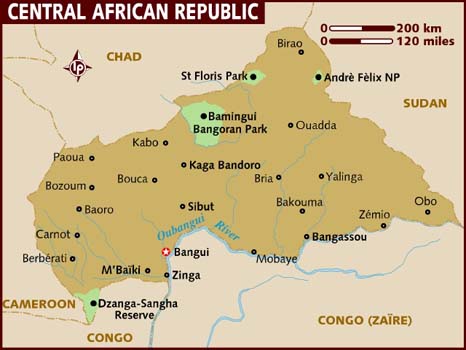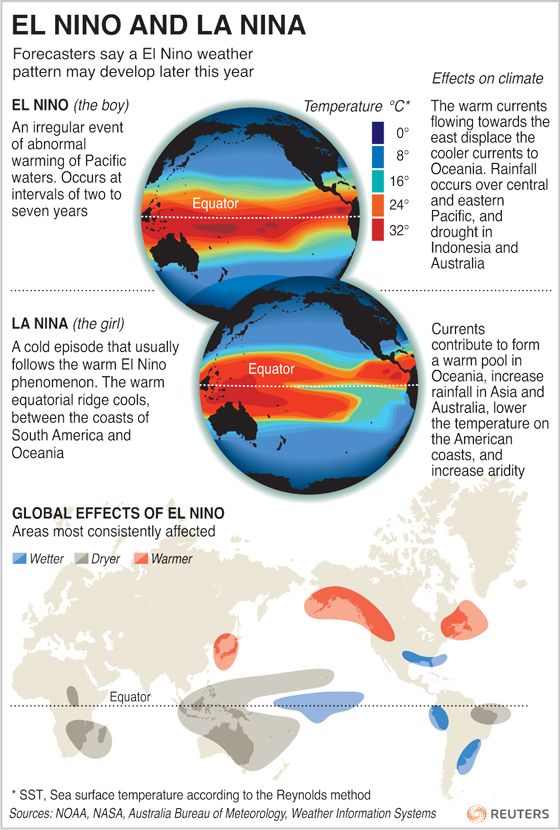CAPE TOWN
In the beginning of the month, we touched on just how close Cape Town, SA was to Day Zero of having no water supply. The imbalance in distribution of water across the region including weak water policies have contributed to the water shortage in Cape Town. Other issues such as failing waste water plants and poor water system infrastructure to treat sewage that needed a major upgrade also made this situation worse. South Africa is the largest food producer for Southern Africa, the agriculture sector consumes about 60% of all water use in the country. This water shortage crisis in Cape Town will result to water stress towards neighboring countries that will also lead to Food, Water, and Energy security towards the entire region.
GOVERNMENT RESPONDS WITH A POINT SYSTEM
Cape Town has officially announced that each person in the city will be given an allowance of 25 liters a day (6 gallons) of water. Yet the public has heard no immediate solutions from the government on making sure this catastrophe does not repeat itself years later. Cape Town has failed to look at the other dangers that come with hygiene and water access.
This is repeated so often in discussions with water access and challenges that face women in global south spaces, Menstrual Hygiene. The inadequate access to water, sanitation and hygiene for women brings more challenges than solutions and should never be gambled or minimized.
Put aside that poor menstrual hygiene leads to a host of health issues such as: UTI’s (ask any woman in your life just how great this feels), Constipation and a Range of infections.
What do you think school attendance will look like for girls attending school in the region compared to boys?


![20190114_180632_0000[26062].png](https://images.squarespace-cdn.com/content/v1/58feb00686e6c0d9650eacf5/1547496294646-423OX49DTAQCWG58Q81X/20190114_180632_0000%5B26062%5D.png)





![words-0024[3751].png](https://images.squarespace-cdn.com/content/v1/58feb00686e6c0d9650eacf5/1522969973661-PPE5QNFKL2DE0NIZWGR8/words-0024%5B3751%5D.png)
























